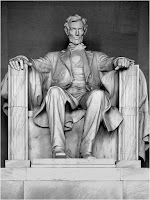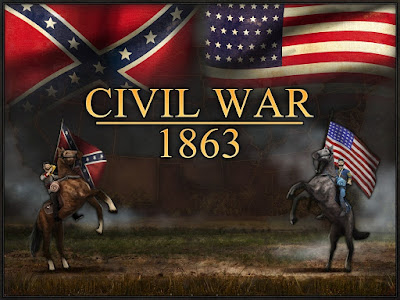System of Government
The United States
is a federal union of 50 States. Its system of government is based on the
principle that governing power is divided between state and central authority.
The Federal
Government, that is the central authority, has the power to regulate the
relations between the states and to engage in activities — such as declaring
war: or conducting foreign policy — that are beyond the competency of any
single state or group of states.
Each one of
the 50 states, however, is fully independent within its boundaries and the
Federal Government cannot interfere with a State’s decision in the conduct of
its internal affairs.
Each state
has its own constitution and makes its own laws. In each state the executive
power is represented by a Governor, elected by popular vote.
The Constitution
The
Constitution of the United States was signed in Philadelphia in 1787, shortly
after the 13 original states had won their independence from Britain.
It is a
document in which it is clearly stated what powers belong to the Federal
Government and what powers belong to the States.
In 1791 the
Bill of Rights was added to the Constitution. All individual rights and freedom
are assured in the Bill of Rights: the freedom of speech, of the press and of
religion; the right of citizens to meet peacefully: right to be secure in one’s
home against any form of violation of one’s privacy; the right to possess arms:
the right of any person who is accused of breaking the law to have a speedy
trial by a jury of fellow citizens.
The Constitution
divides the power of the Government into three branches: the Legislative, the
Executive and the Judicial.
The Legislative
The legislative
branch, or Congress, consists of two Houses: the Senate and the House of
Representatives. The two Houses are made up of representatives elected by the
people.
In the
Senate each state has equal voice with two senators each. In the House of
Representatives each state has a variable number of representatives which
depends on how populous the state is.
Any member
of the two Houses may propose a Bill. The Bill is discussed and, if it is
approved by the majority, it goes to the other House for discussion and approval.
If the majority of the members of this House is in favour of it, the Bill is
brought to the President.
The
President may accept the Bill, and in this case the Bill becomes law. But if
the President does not approve of it, the Bill goes back to the House of origin
with suggestions for amendments.
If the
House decides to leave the Bill unchanged, a two-thirds majority in both Houses
is needed to pass the Bill without the President’s approval.
The Executive
The
executive branch is headed by the President, who is chosen in a national
election for a four-year term.
The U.S.
President is the central figure of the American system of government: he has
enormous powers and responsibilities, and can be considered the most powerful
elected official in the world.
He is the
Head of one of the two major political parties.
As Head of
the executive branch, his duty is to carry out government programs and to put
laws into effect. He presides over an enormous network of departments — among
which the Treasury Department, the Department of Defense, the Department of
Labour, the Department of Justice.
Upon his
shoulders rests the responsibility for conducting foreign affairs, and in this
task he is advised by the Secretary of State, the Head of the Department of
State. With the approval of the majority of the Senate, he appoints federal
judges, ambassadors and hundreds of government officials.
He is
Commander-in-Chief of the Armed Forces, and he may, under certain
circum-stances, open hostilities without a formal declaration of war by
Congress.
He also has
control on Congress and legislation: it is the President who must prepare the
year's legislative program for the economic and social welfare of the country.
The program is then submitted to the Houses for approval. He can also recommend
laws to Congress, and he can put his veto on any law passed by Congress. The
Presidential veto can be annulled only by a two-thirds vote of both Houses.
The Judiciary
The
judicial branch of the Government consists of the Federal Courts in the states
and the Supreme Court in Washington.
The Federal
Courts deal with all the cases for which the Federal Government is competent.
The Supreme
Court has the power to test the constitutionality of all the laws passed by
Congress as well as of those state laws which seem to be in conflict with the
principles of the Constitution.
In case of
conflict between state law and federal law, state law must yeld to federal law.
The Balance of Powers
The
Constitution of 1787 also created a system of checks, that is of controls, so that none of the three branches of
government could prevail upon the others.
The laws
passes by Congress must be examined by the supreme Court, which decides whether
or not they conform to the principles of the Constitution. Moreover, the
President may put his veto on any Bill passed by Congress.
On the
other hand, the President’s decrees can be declared unconstitutional by the
Supreme Court.
Under
particular circumstances, the House of Representatives can incriminate the
charge pf crimes committed against the State, and the Senate can suspend him
from his office with a two-thirds majority.
As to the
supreme Court, its composition can be modified by the President and by
Congress.
Political Parties
There are
two major political parties in the United States: the Republican Party and the
Democratic Party. The symbol of the former is the Elephant, the symbol of the latter
is the Donkey. There are no substantial differences between the two parties.
The Democrats are supposed to be a little more progressive than the
Republicans.
Source: Colle
– Meloni, News. For Juniors, Lattes, an old Italian book 1979.
























